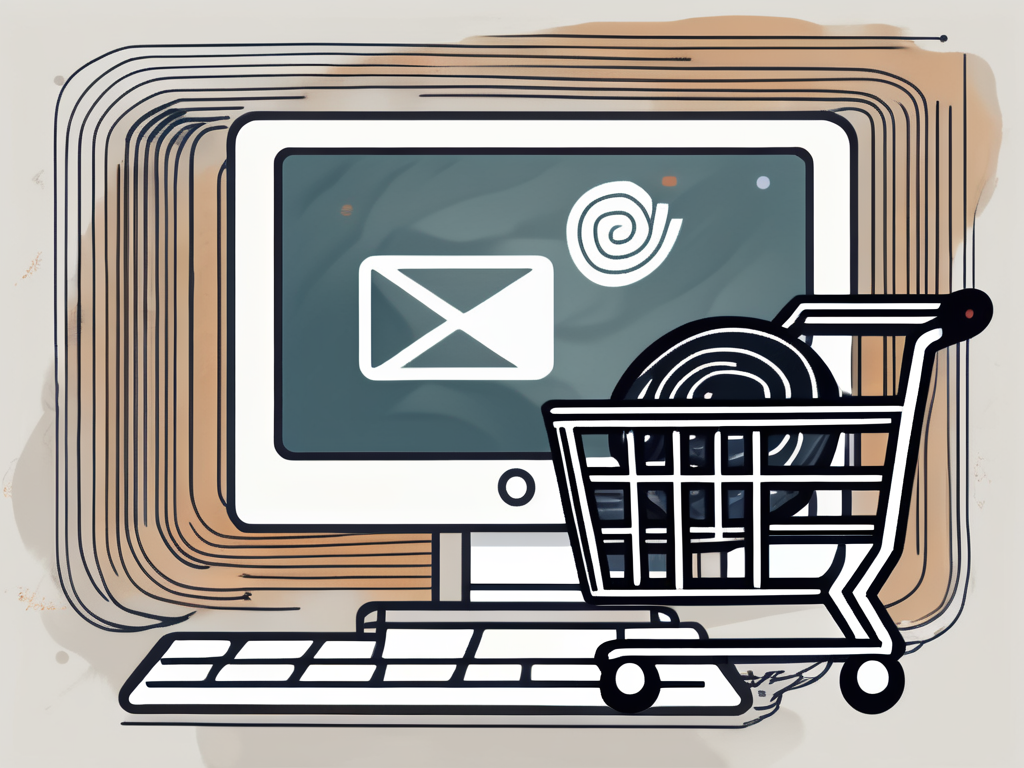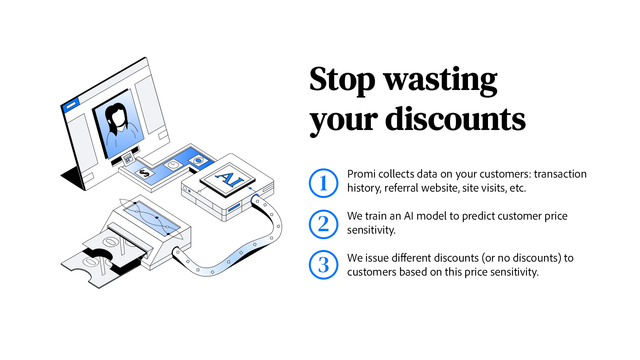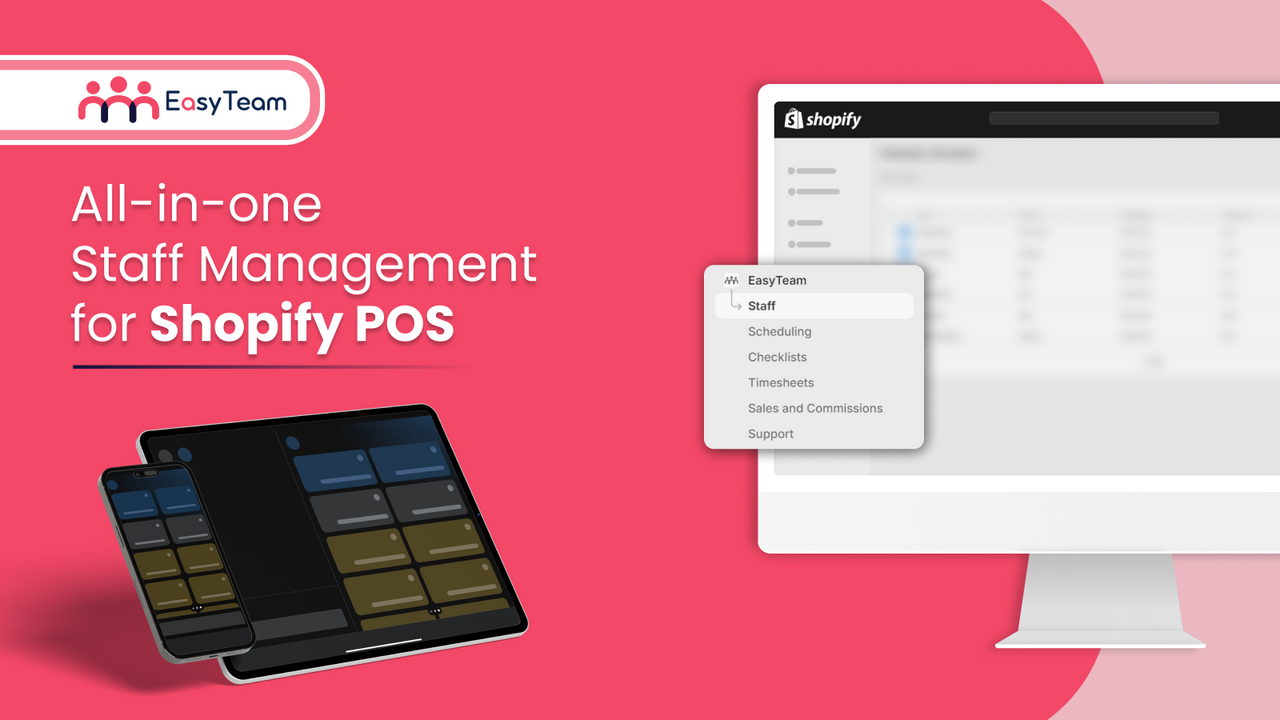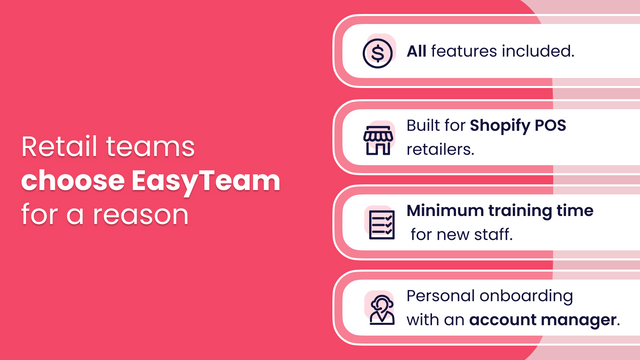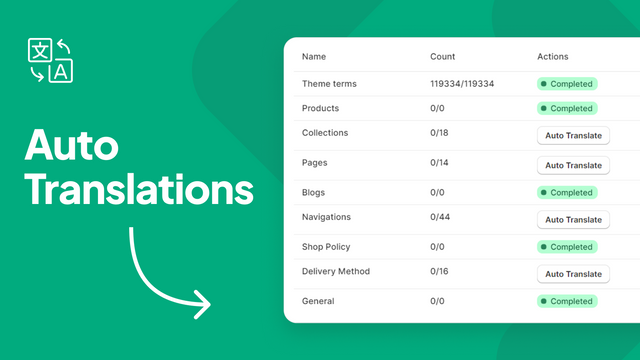Email marketing has become an indispensable tool for businesses operating in the ecommerce space. It offers a unique opportunity to connect with customers, build relationships, and generate sales. In this article, we will explore the importance of email marketing in ecommerce, the benefits it offers, how to build a strong email list, craft compelling email content, leverage email marketing automation, and measure the success of your email marketing campaigns.
Understanding the Importance of Email Marketing in Ecommerce
Email marketing plays a crucial role in the success of ecommerce businesses. It allows you to reach out to both existing and potential customers directly, without relying on intermediaries. By delivering personalized and relevant content, email marketing helps businesses establish a strong brand presence and nurture customer relationships.
The Role of Email Marketing in Ecommerce
Email marketing serves as a direct line of communication between you and your customers. It enables you to inform them about new product launches, promotions, and upcoming events. Moreover, it helps you stay top-of-mind with your audience, fostering brand loyalty and customer retention.
Benefits of Email Marketing for Your Ecommerce Business
There are numerous benefits to incorporating email marketing into your ecommerce strategy. Firstly, it enables you to reach a wide audience at a relatively low cost, making it a cost-effective marketing tool. Secondly, it allows you to segment your audience and send targeted messages, which increases the likelihood of engagement and conversion. Lastly, email marketing provides valuable data and insights, allowing you to analyze and optimize your campaigns for better performance.Expanding on the benefits of email marketing, it's important to highlight the role of automation in enhancing efficiency. With email marketing automation tools, you can set up personalized email campaigns based on customer behavior, preferences, and interactions with your website. This not only saves time but also ensures that your messages are timely and relevant, increasing the chances of conversion.Additionally, email marketing allows for easy tracking and monitoring of campaign performance. By analyzing metrics such as open rates, click-through rates, and conversion rates, you can gain valuable insights into what resonates with your audience and what needs improvement. This data-driven approach empowers you to make informed decisions and refine your email marketing strategy for optimal results.
Building a Strong Email List
Growing a quality email list is crucial for the success of your email marketing efforts. In today's digital landscape, where attention spans are short and competition is fierce, having a strong email list can give you a significant advantage. But how do you go about building one? Here are some effective strategies to help you build a strong email list:
- Create engaging opt-in forms on your website: One of the most effective ways to capture email addresses is by placing well-designed opt-in forms on your website. These forms should be strategically placed in areas where visitors are most likely to see them, such as the homepage or blog posts. To entice visitors to subscribe, consider offering incentives such as discounts, exclusive content, or access to a members-only area. By providing value upfront, you increase the chances of visitors willingly sharing their email addresses with you.
- Utilize social media platforms: With billions of people active on social media, leveraging your social media presence can be a powerful way to promote your email list. Create compelling posts that highlight the benefits subscribers will receive by joining your list. You can also run contests or giveaways exclusively for your social media followers, requiring them to sign up for your email list to participate. This not only helps you grow your email list but also strengthens your social media following.
- Run targeted ad campaigns: Paid advertising can be a valuable tool for driving traffic to landing pages that capture email addresses. When running ad campaigns, it's important to ensure that the content aligns with the interests of your target audience. By targeting specific demographics, interests, or behaviors, you can maximize conversions and attract high-quality subscribers to your email list.
Strategies for Growing Your Email List
While building an email list is important, continuous growth is vital for sustained success. Consider implementing the following strategies to keep your email list expanding:
- Referral programs: Encourage your existing subscribers to refer their friends and family to your email list. In exchange for their referrals, offer exclusive rewards or discounts. This not only incentivizes your current subscribers to spread the word about your email list but also helps you tap into new networks and expand your reach.
- Content upgrades: Offer additional valuable content to those who subscribe to your email list. This could be in the form of ebooks, whitepapers, or exclusive access to premium content. By providing extra value to your subscribers, you not only increase the likelihood of them staying subscribed but also attract new subscribers who are enticed by the additional perks.
- Collaborations and partnerships: Team up with complementary businesses or influencers in your industry to cross-promote each other's email lists. This can be done through joint webinars, guest blogging, or co-creating content. By leveraging each other's audiences, you can reach a wider pool of potential subscribers and establish your credibility within your industry.
Maintaining and Cleaning Your Email List
While growing your email list is important, it is equally crucial to maintain its quality. A bloated email list filled with inactive subscribers or invalid email addresses can negatively impact your email deliverability and engagement rates. To ensure the health of your email list, consider implementing the following practices:
- Send re-engagement campaigns: Reach out to subscribers who haven't interacted with your emails recently and offer them incentives to re-engage. This could be in the form of exclusive discounts, personalized content, or a reminder of the value they can receive by staying subscribed. By rekindling their interest, you can potentially win back inactive subscribers and improve your overall engagement rates.
- Monitor bounce rates: Bounce rates indicate the percentage of emails that were not successfully delivered to recipients. Keeping an eye on your bounce rates can help you identify and remove email addresses that consistently bounce. This ensures that your email list remains up-to-date and that you maintain a good sender reputation with email service providers.
- Implement double opt-in: Using a double opt-in process adds an extra layer of confirmation to your email list. After a visitor subscribes, they receive a confirmation email asking them to verify their subscription. This helps ensure that subscribers genuinely want to receive your emails and reduces the chances of spam complaints. Additionally, double opt-in subscribers tend to have higher engagement rates, as they have actively confirmed their interest in your content.
By implementing these strategies and maintaining the quality of your email list, you can build a strong foundation for your email marketing efforts. Remember, an engaged and responsive email list can be a powerful asset in growing your business and nurturing relationships with your audience.
Crafting Compelling Email Content
Creating engaging email content is crucial to grab the attention of your subscribers and drive them to take action. Here are two key elements to consider:
The Art of Writing Engaging Subject Lines
Your subject line is the first impression subscribers have of your email. Craft compelling subject lines that are concise, personalized, and create a sense of urgency or curiosity. Experiment with A/B testing to determine which subject lines resonate best with your audience.
Personalization Techniques for Email Content
Personalization is the key to making your emails resonate with your audience. Use recipient's names, tailor content based on their preferences and purchase history, and send personalized recommendations. Additionally, segmenting your email list allows you to deliver targeted content that aligns with the needs and interests of specific groups of subscribers.
Email Marketing Automation
Email marketing automation allows you to engage with your subscribers at scale, without overwhelming your resources. Here are two ways to leverage automation:
The Power of Automated Email Campaigns
Automated email campaigns enable you to send targeted, timely messages based on user behavior or specific triggers. Examples include abandoned cart reminders, personalized product recommendations, and post-purchase follow-ups. By automating these communications, you can deliver relevant content to your subscribers, streamline your marketing efforts, and drive conversions.
Choosing the Right Email Marketing Automation Tools
When selecting an email marketing automation tool, consider factors such as ease of use, features, integration capabilities, and cost. Popular options include Mailchimp, HubSpot, and Constant Contact. Evaluate your specific needs and goals to determine the best fit for your business.
Measuring Email Marketing Success
Tracking the success of your email marketing campaigns is crucial for optimizing performance. Here are some key metrics to monitor:
Key Metrics to Track in Email Marketing
Open rate: Indicates how many subscribers opened your email.
Click-through rate (CTR): Measures the percentage of recipients who clicked on a link within your email.
Conversion rate: Tracks the percentage of subscribers who completed a desired action, such as making a purchase or filling out a form.
Bounce rate: Reflects the number of emails that didn't reach the intended recipient.
Analyzing and Improving Your Email Marketing Performance
Regularly analyze the data from your email marketing campaigns to identify trends and areas for improvement. Determine what strategies and tactics are working well and what needs adjustment. Experiment with different approaches, such as testing different email layouts, subject lines, or calls to action, to optimize your performance and achieve better results.
In conclusion, email marketing is an essential tool for ecommerce businesses. By understanding its importance, building a strong email list, crafting compelling content, utilizing automation, and measuring success, you can develop effective email marketing strategies that drive engagement, loyalty, and ultimately, sales for your ecommerce business.
Ready to elevate your Shopify store's email marketing strategy with the right tools? Let Owlfred, your wise guide in the Shopify ecosystem, help you discover innovative apps that can transform your ecommerce efforts. With OwlMix, finding the perfect app to enhance your campaigns is just a click away. Find your next Shopify app today and watch your business take flight!


